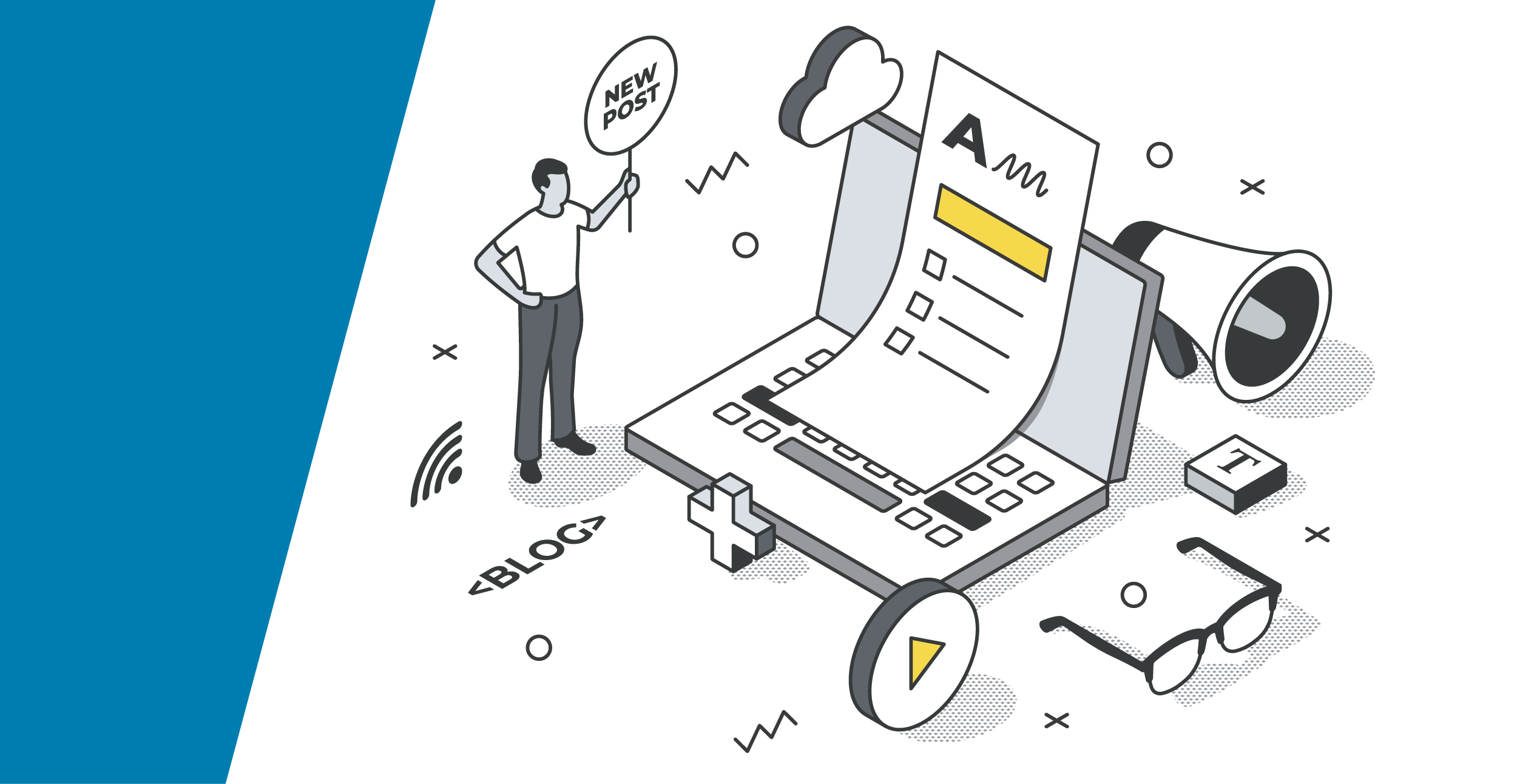Choosing a database for your application is something akin to choosing a life partner: Sure, you can change your mind down the road, but the transition will be much more difficult than if you had picked it right the first time. Another similarity is that which database you use can make your day-to-day much more straightforward (or problematic) depending on its compatibility with your app. But with so many database fish in the digital sea, how are we to choose which database technology product to use? With that in mind, let's "speed date" the different types of databases to better understand which one suits your needs best.
What's your type? An overview of the different databases
When looking through database profiles, they'll generally fall into one of three categories: relational, noSQL, or graph databases. Having a solid understanding of these types is essential to knowing which complements your application best.
- Relational Databases: These databases are the dating equivalent of Type A Go-Getters. Relational databases are powerhouses, capable of storing vast amounts of data—as long as it's structured properly. Like many Type A people, relational databases require strict organization to perform their best. They're basically Excel sheets on steroids. If your app's data resembles neatly organized rows and columns, a relational database like MySQL or PostgreSQL can be a great choice.
Use relational databases for: Highly structured data, such as user profiles, financial transactions, or inventory management. - NoSQL Databases: NoSQL databases are the "artist" types—their dating profiles would probably feature inspirational sunsets or Jackson Pollock paintings. They do best with dynamic, unstructured data that's ever-changing, and they excel in handling diverse data types.
Use NoSQL databases for: Content-rich applications or IoT devices. - Graph Databases: These databases see the connections in everything. Dating a graph database means understanding that they live for the little lines connecting all of us. They're probably into astrology or another fate-based practice. Graph databases like Neo4j reveal intricate relationships in a simple and elegant way, showcasing connections between different data points.
Use graph databases for: Social networks, recommendation engines, and fraud detection systems.
Future goals: Will you grow together or grow apart?
Unfortunately, matching data structures to suitable databases is only part of the puzzle. Sure, your initial date may have gone great, but relationships grow and evolve over time. Your app's database needs to be able to evolve alongside it. Here are some secondary factors that should influence which database to use:
- Scalability: Where do you see your app in five years? If the database can't move alongside it, the relationship is doomed to fail. NoSQL databases scale horizontally, like a chain reaction. Scaling out requires more machines, meaning you can expect to invest some serious cash down the road if you want to grow your app. SQL databases are a cheaper date; they scale vertically by adding more power to a single machine. Look at your growth projections before deciding which database you can see yourself committing to.
- Performance: Listen, different people have different ideas of what's expected in a relationship. Have the performance talk early. If you need split-second responses, NoSQL's low-latency queries will fit your communication style best. But there are other considerations—You don't want to sink two years into your app before learning that while you've always planned on having ACID compliance, Mr. NoSQL database has never really seen itself as a compliance kind of guy. You're left with either a messy breakup that leaves your app heartbroken and unable to operate, or cheating with a relational database behind the scenes until you can fully migrate.
- Development Speed: Do you build relationships slowly or run headfirst into commitment? NoSQL databases require minimal schema setup if you're ready to jump. Relational databases, on the other hand, need more pre-planning. Consider how quickly you want to get to market and choose your date accordingly.
Ready for love? Choose your date wisely
There are a lot of databases on the market, but only a few have a chance of being your app's soulmate. Love (and database technology) is a fusion of art and science, where your app's most authentic self meets its foundation. A well-chosen database optimizes performance, streamlines development, and fortifies your app's core. Pick wrong, and you could end up with a messy breakup down the line.
So as you embark on your next app-building odyssey, remember: Each database type has its own personality, with different likes, dislikes, preferred operating environments, etc. Embrace the nuances, get to know them casually, and only bring in commitment once you're sure it's a match. Your database choice is more than a decision; it's a life companion guiding your app toward success.
Feel like dating around? FairCom DB is a SQL/NoSQL database—giving you the benefits of both. With extreme speed and maximum control, our multimodel database can be whoever you want it to be. Want to know FairCom DB a little better? Here's its number. Whether you want an intimate date with a personalized demo or a get-to-know-you meetup, FairCom is happy to hear from you.


